As more and more people are cutting the cord, cable networks are trying to stay relevant either by creating standalone services (HBO Now, CBS All Access, Lifetime, Showtime) or by joining skinny online services like Dish Network’s Sling TV. But for a network like ESPN, it has to find ways to balance the lost revenue from cord cutters and increasing costs due to sports rights fees plus production.
It’s been reported that ESPN President John Skipper has been ordered by his Disney bosses to slash costs in a big way over the next two years:
ESPN pres John Skipper given a mandate to cut $100M from network's budget next yr & to cut $250M in 2017 via @THR
— Darren Heitner (@DarrenHeitner) July 12, 2015
The Wall Street Journal reports that ESPN has lost a significant amount of homes since July 2011:
Since July 2011, ESPN’s reach into American homes has dropped 7.2%, from more than 100 million households—roughly the size of the total U.S. pay-TV market—to 92.9 million households, according to Nielsen data.
Viewership of SportsCenter, its marquee and high-margin sports-news show, has sagged since September, due in part to the fact that younger consumers are increasingly finding sports news at their fingertips on smartphone apps.
Sports has been said to be the one attraction that keeps viewers with cable and satellite, but as cord cutters find other options to watch live action, ESPN finds itself at a crossroads. It knows it has to reach younger viewers who feel that paying for television does not fit with lifestyle and their wallets. But going with a standalone service like HBO or CBS will cause some complications.
As ESPN charges over $6 per subscriber (ranging from $6.02 to $6.61) to the cable and satellite providers, starting a standalone online service could cause the network to charge twice as much as HBO and force its affiliates to push the channel to sports tiers:
If ESPN offers its channel as a direct-to-consumer streaming service, some pay-TV operators have the contractual right to boot ESPN out of their most widely-sold channel packages and sell it a la carte, according to people familiar with the matter.
ESPN would have to charge about $30 a month per customer in an over-the-top offering to make the same money using that model, analysts say. But those distributors would have the right to undercut ESPN in their retail pricing, the people said.
To be sure, there are no signs ESPN wants to offer a stand-alone Web version of itself to consumers anytime soon.
With the corporate mandate to cut costs, on-air talent whose contracts are soon expiring could find themselves undergoing tough negotiations in order to remain with ESPN. Already we have seen Bill Simmons and Keith Olbermann being shown or about to be shown the door. Others whose contracts are coming up according to the Wall Street Journal are Mike Tirico, Michelle Beadle, Adam Schefter and as we have previously chronicled, Colin Cowherd.
In addition, the much-ballyhooed Mike & Mike move to New York City was cancelled and cost was cited as a major factor in the decision.
With Fox Sports 1 and NBCSN making ratings gains on ESPN, the corporate suits at Disney realize that their monopoly on cable sports is over. But with Fox Sports 1 also making cuts in its news operation, the sports rights bubble may not be bursting, but it may be plateauing.
While ESPN continues to make a profit for Disney, it’s not the cash cow that it once was. The last two decades saw amazing growth for ESPN and thanks to increased spending to gain rights to Monday Night Football, NBA, SEC, the Bowl Championship Series/College Football Playoff, NCAA Championships, Wimbledon, the U.S. Open tennis tournament and other events over the last decade plus, the Worldwide Leader saw its reach expand to 100 million homes.
But now with the reach reduced by the aforementioned 7.2% in the last four years, ESPN knows that reduced revenues have to be met with some belt-tightening. The rights for the obtained events aren’t going down and are staying pat into well into the 2020’s. If the amount of cord cutters continues to increase over the next few years, we may find that ESPN may have to enact some desperate measures, but Disney hasn’t come to that point and perhaps the number of cord cutters will level off. However, for now ESPN and other networks which are experiencing the same drastic fall off hope that they can ride out the storm until then.

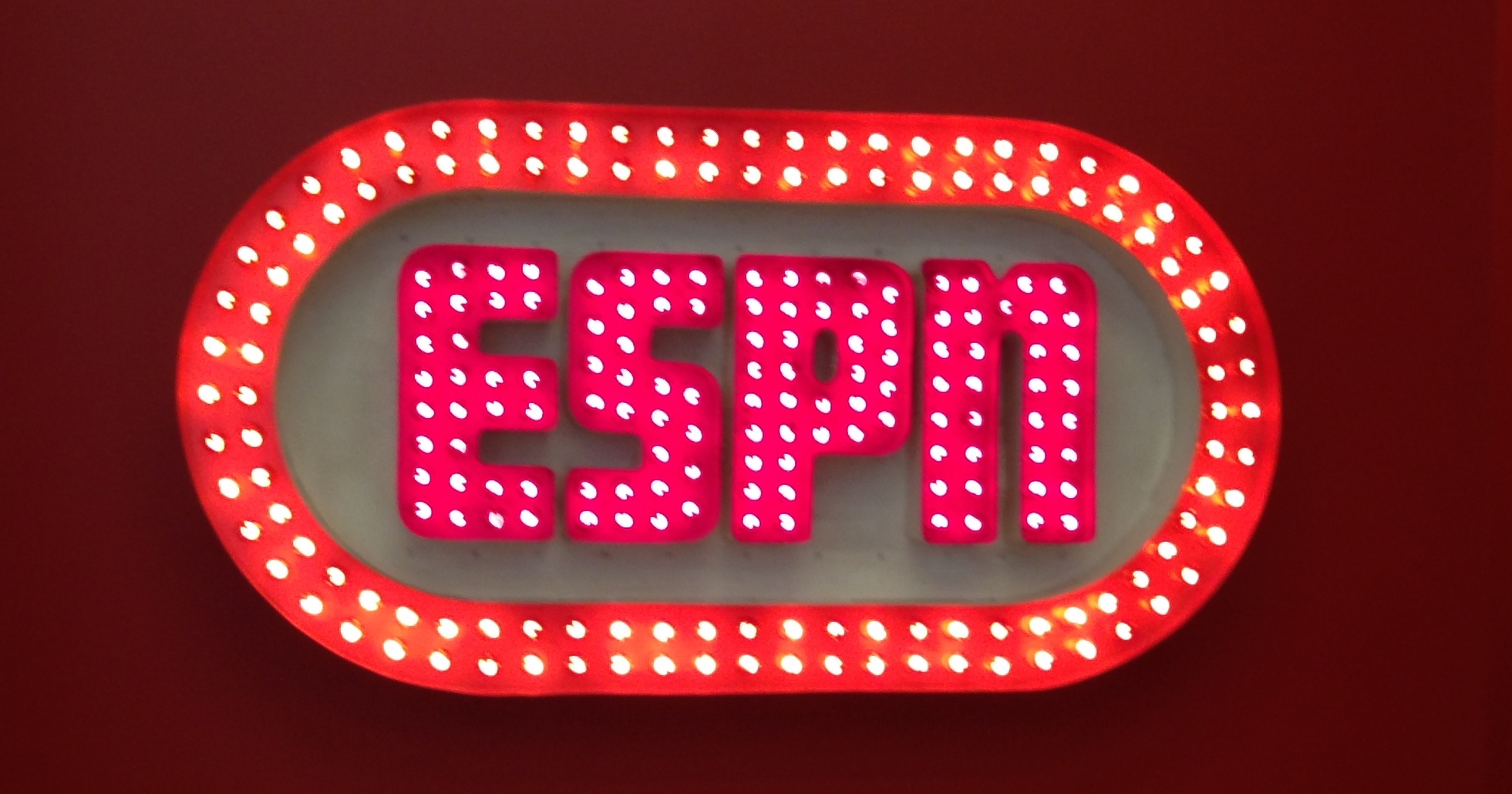
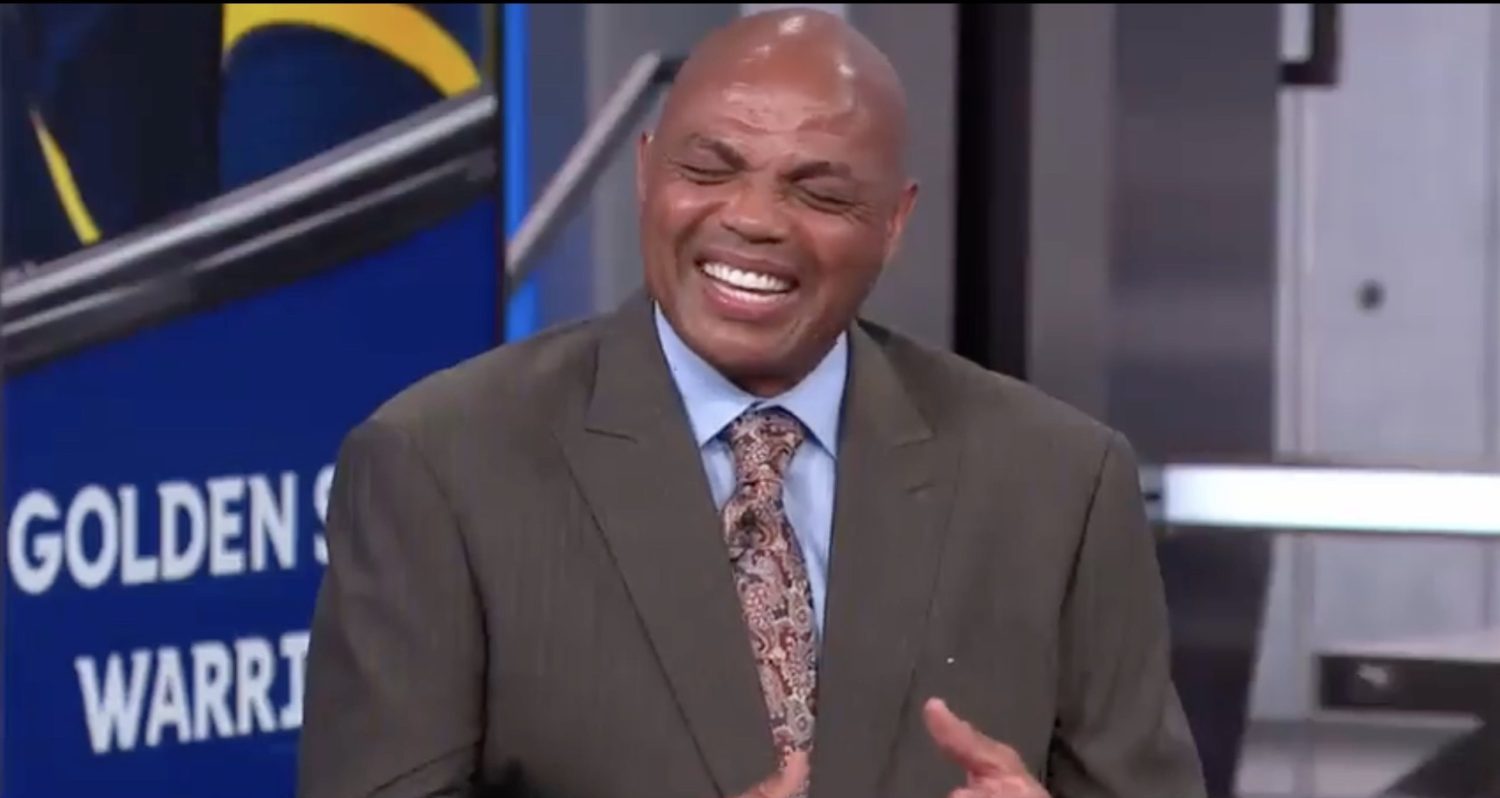
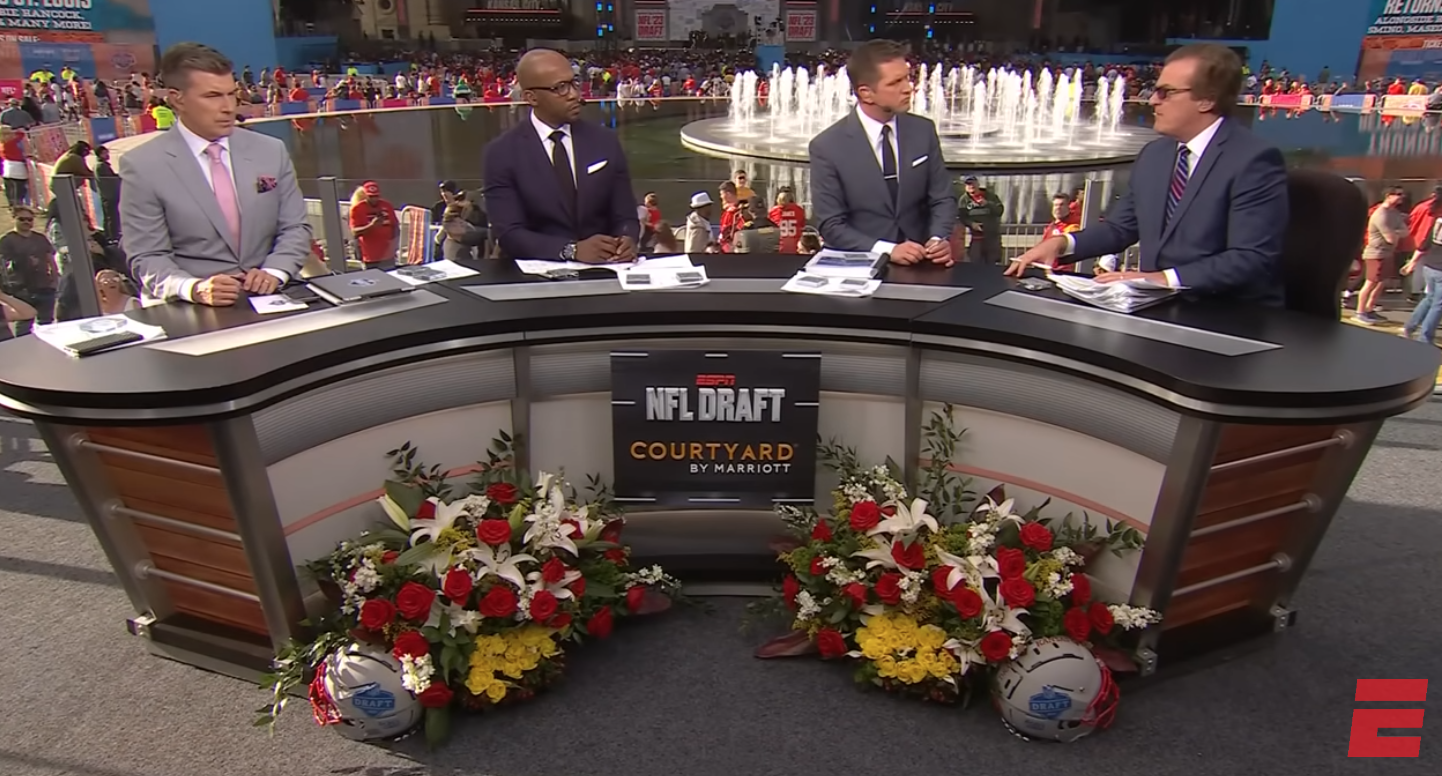
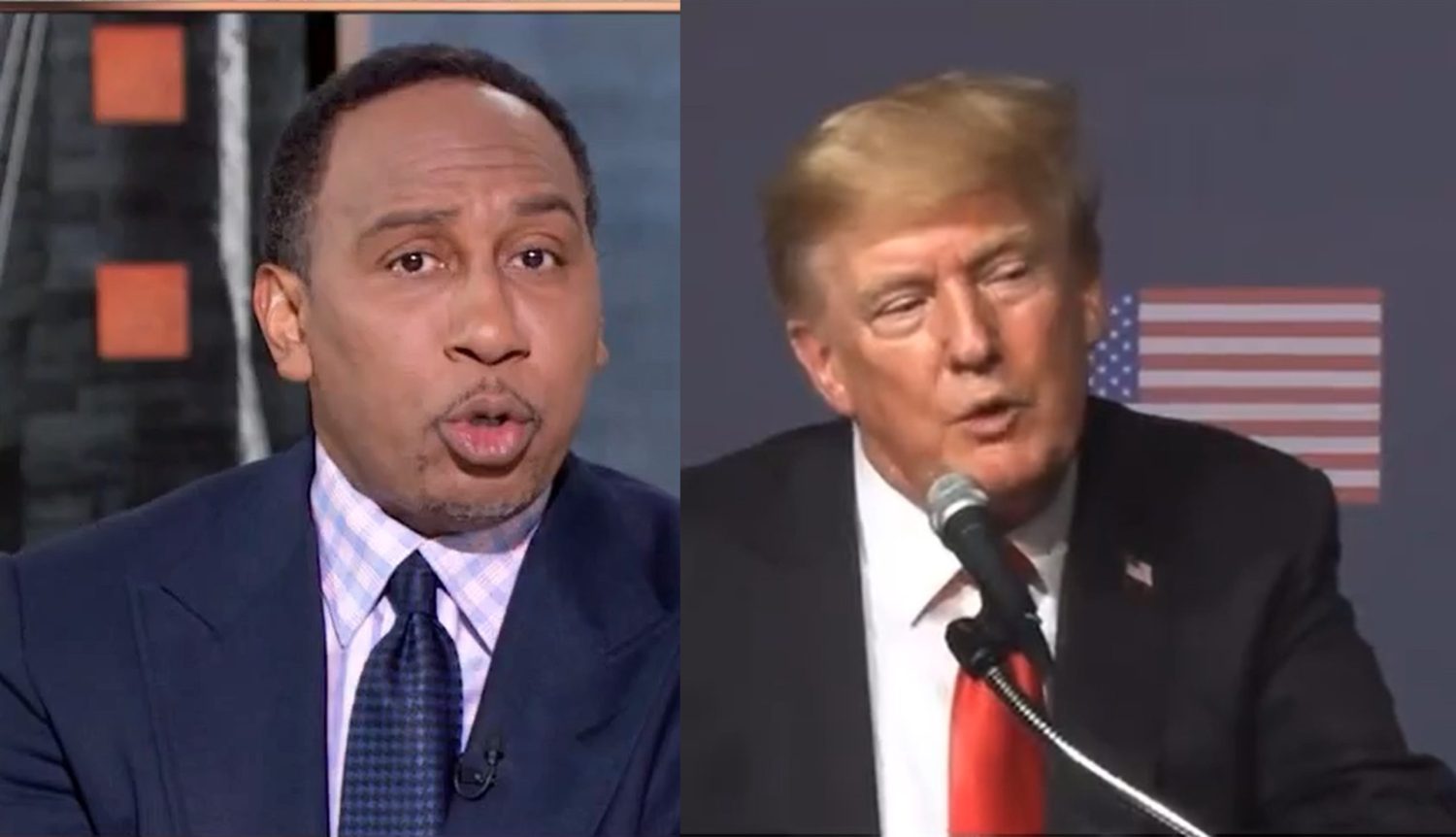
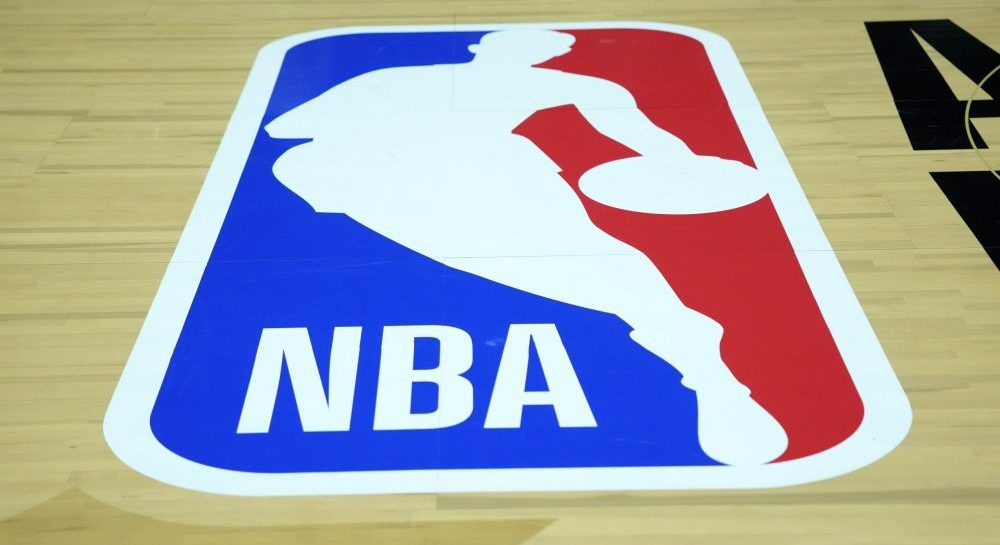

Comments are closed.